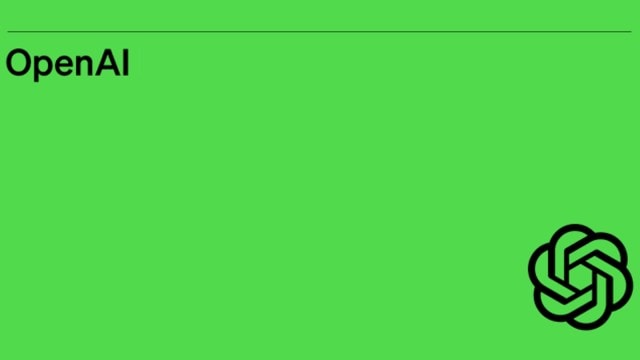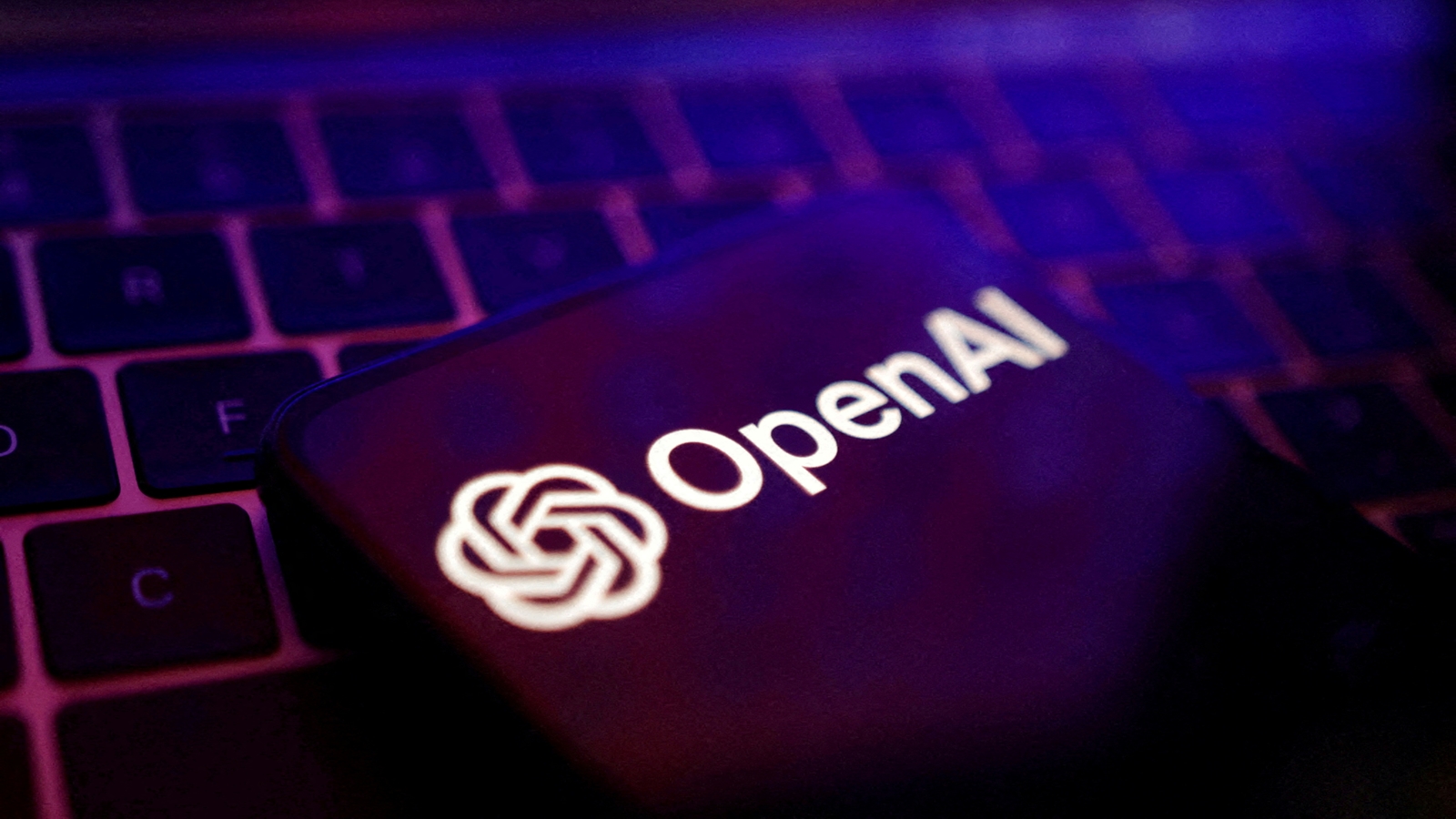ChatGPT 5: Everything we know so far about Orion, OpenAI’s next big LLM
ChatGPT 5 is speculated to have exceptional reasoning capabilities.
 GPT-5 is likely to debut by early 2025. (Image credit: OpenAI)
GPT-5 is likely to debut by early 2025. (Image credit: OpenAI)In the world of generative AI, from day zero, OpenAI’s ChatGPT was sensational, and the company continued to maintain that momentum by releasing new and improved GPT models over the last two years. While others like Google and Meta are catching up with OpenAI, the race to generative AI never ends, at least until artificial general intelligence (AGI) is achieved.
OpenAI, one of the world’s most valued AI startups, is said to be developing a new large language model (LLM) internally known as Orion, but it has nothing to do with Meta’s Oryon AR smart glasses. It is also referred to as GPT-5.
Multiple reports purported that OpenAI’s next AI model could come as early as December 2024. However, a company spokesperson recently denied this to The Verge. This may have something to do with the fact that many top executives, including Mira Murati, who used to be the CTO of the organisation, quit.
The Verge report also suggested that Orion might not get a commercial release like GPT-4o for the general public. Instead, it was reported to be a model meant for OpenAI partners like Microsoft, where it could power services like Copilot, at least initially.
Since the launch of GPT-4 in March 2024, OpenAI has introduced several revised models of the same, such as GPT-4o and OpenAI o1, and we might have to wait at least until early 2025 to get an official update on OpenAI’s secret Orion, which could be commercially known as GPT-5.
Orion could be much closer to an AGI
 OpenAI cemented its position as one of the world’s most valuable private companies last week. (Reuters file)
OpenAI cemented its position as one of the world’s most valuable private companies last week. (Reuters file)
OpenAI’s GPT-5 could be the world’s most capable LLM yet with exceptional reasoning capabilities. As per several reports, OpenAI could wrap up the model pre-training as soon as December 2024, and might take a few more months to further refine the model before the official unveiling.
However, it still won’t achieve the status of an AGI, suggest multiple reports, but just a path to achieving the peak of artificial intelligence. Of course, GPT-5 will outperform GPT-4o in almost all frontiers, which can be classified into three different propositions: a larger context window, a larger knowledge base, and improved reasoning skills.
OpenAI’s ex-CTO Murati recently mentioned that “systems like GPT-4 are more like smart high-schooler intelligence. And then, in the next couple of years, we’re looking at PhD intelligence for specific tasks. Things are changing and improving pretty rapidly,” possibly hinting at how capable GPT-5 will be. Again, OpenAI co-founder Altman often comments that the company’s next model will have a “significant leap forward,” while also stating “still have a lot of work to do on it.”
OpenAI’s GPT-5 is likely to be a multimodal AI model, where it can take text, audio, and image input and can also generate text, audio, and images or a combination of two or more of these parameters. GPT-5, similar to Llama 3.2 and Gemini, could also come in different sizes, each catered to different use cases.
The performance of the AI model is also measured by how many parameters a model is trained on, and the upcoming GPT-5 could be one of the biggest LLMs, period, and is reported to have over 1.5 trillion parameters.
Human-level intelligence is almost guaranteed
 OpenAI announced the new Voice Mode earlier this year in May alongside GPT-4o. (Express Photo)
OpenAI announced the new Voice Mode earlier this year in May alongside GPT-4o. (Express Photo)
At the recently held Build with AI summit in India, Meta’s chief AI scientist Yann LeCun indicated that even the most capable AI model is not even as smart as a four-year-old, and many AI companies are currently working on a model with human-level intelligence, and GPT-5 could be one of those models.
Safety has been the biggest concern when it comes to AI models, while many models ensure this on a different level, including watermarking the AI-generated content, not using personal data to further train the model, and being biased or acting in a malicious manner, where in a recent report, a mother claimed that AI took her son’s life, OpenAI is likely to address most of these issues strictly on GPT-5.







